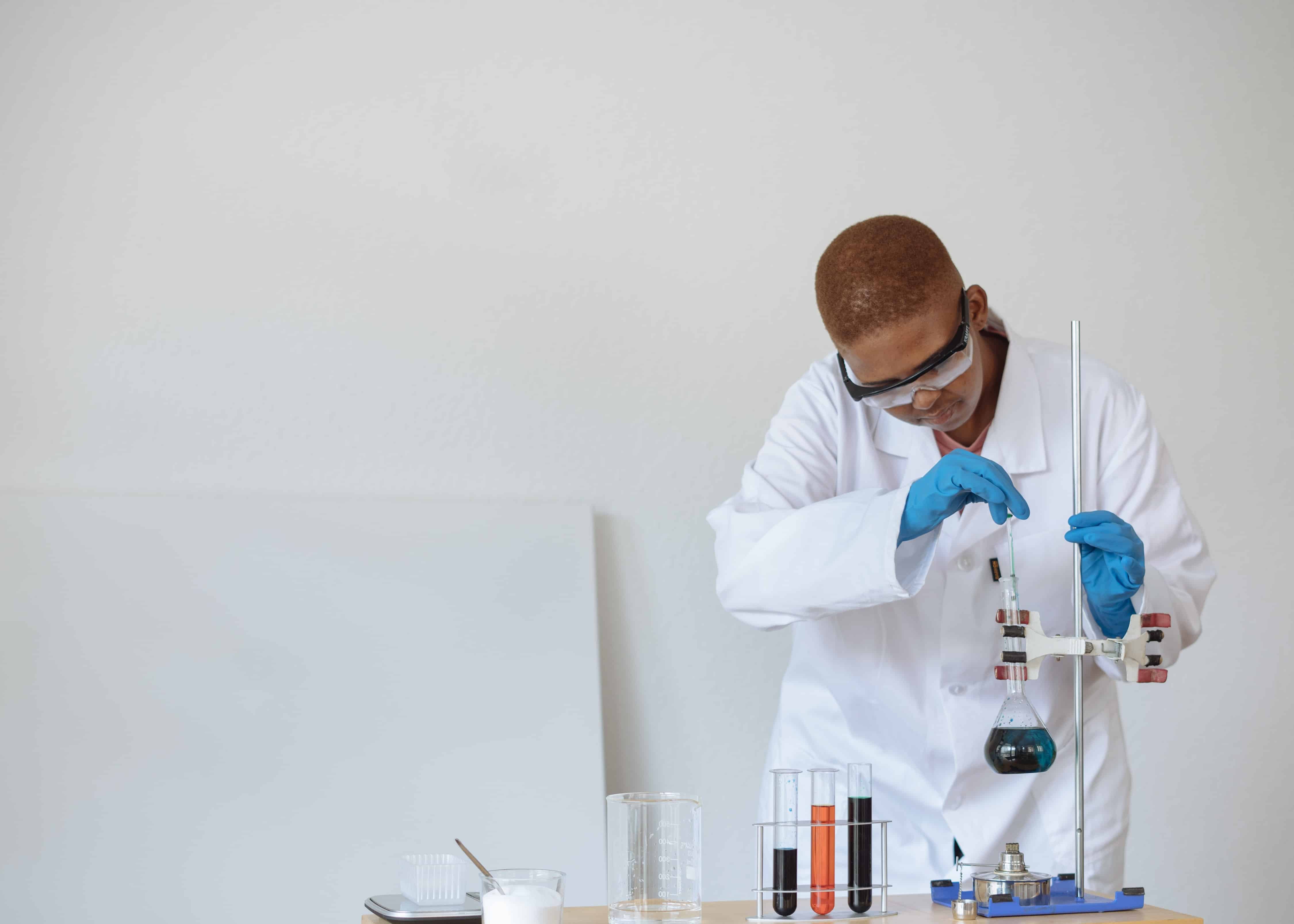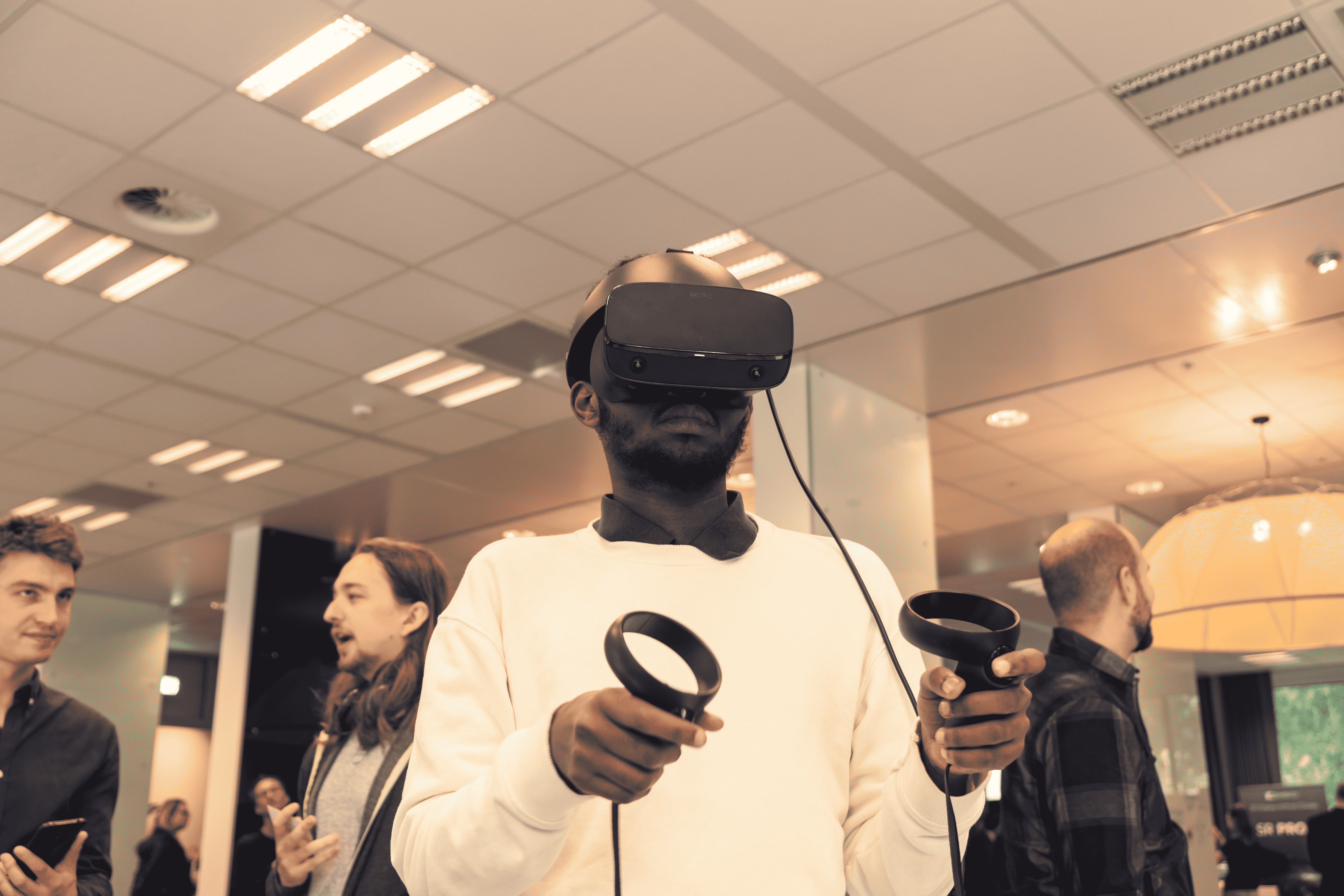
“Failure is the mother of success,” explains an enthusiastic Gadi Rothenberg. He is referring to an ‘accident’ eleven years ago, in which he made an unintended but ultimately very successful discovery. Rothenberg is a professor of heterogeneous catalysis and sustainable chemistry at the Van ‘t Hoff Institute for Molecular Sciences at the University of Amsterdam. During his search for biokerosene, he and his colleague Albert ‘Appie’ Alberts – known from the Groningen rock band AA & The Doctors, among other things – accidentally developed a unique resin. This sticky mass was totally unsuitable as a biofuel, but Alberts and Rothenberg immediately realized that they shouldn’t just throw it away.
Sticky goo
Rothenberg calls this extremely sticky mass ‘sticky goo’: “The material was entirely vegetable, biodegradable and it dissolved in water. Because of these special properties, we immediately patented it.”
Many experts were skeptical about the possibilities of the adhesive slurry. Nevertheless, the dean of the science faculty at that time gave Alberts and Rothenberg the space and confidence to continue with the development. In 2014, they founded the spin-off Plantics and tinkered with the goo until an all-plant thermoset resin emerged, the world’s first thermoset biomaterial.

Chairs made of hemp
In cooperation with the Dutch furniture brand VepaDrentea, Plantics developed a series of chairs of which both the raw material and the binding agent (the resin) are completely vegetable, biological and recyclable as part of the Biobased Resin Composites (BRECSIT) project. This means that no adhesives containing toxic chemicals are used. Fibers from hemp serve as the raw material for the chair’s seat.
Rothenberg is enthusiastic about the versatility of hemp: “It grows at lightning speed without the need for artificial fertilizers or pesticides, is cultivated in the Netherlands and requires little water. Another great advantage of hemp is that it absorbs a lot of CO2.” In fact, the entire production process of the chair absorbs more CO2 than it emits. The chair’s components are also designed so that they can be easily separated and reused after use.
People don’t have to worry that the chair will dissolve if it comes into contact with water. Plantics has now developed the resin to the point that solubility can be controlled via a chemistry tweak. Asked why he chose a chair as his first product, Rothenberg says: “It is relatively difficult to make a chair, more difficult than, say, a table. In this way, everyone knows that we have really created something very special.”
“He’s kind of like a Dutch Mick Jagger. But on the other hand, he has worked with three Nobel Prize winners.”
Gadi Rothenberg
Applications
Rothenberg also collaborates in other areas. Sustainability is high on his agenda here. For example, together with the Frisian company EverUse, a specialist in circular insulation, Plantics developed an innovative sandwich panel for a Tiny House in Emmen. This house was made entirely of biomass-based materials. EverUse coats the outer layer of a circular insulation panel with Plantics’ special resin. This creates a hard surface that could serve as a sandwich panel.
To avoid making competitors wiser than they already are, Rothenberg does not want to reveal too much about other possible applications for the resin. He does, however, mention some general examples: “Think of packaging materials, building materials, furniture and boats.” In any case, Plantics is far from finished developing biomaterials. Biological plant pots, for example, will be coming onto the market that can be put into the ground together with the plant. Completely circular, in other words.
Room for innovation
Colleague and co-inventor Albert Alberts is getting on in years and has put a stop to his musical career. His work as a chemist at Plantics has also slowed down considerably and he is now rarely there. Full of admiration, Rothenberg says: “He has led a very interesting life. There is even a book written about him: Appie Alberts. Doctor of Rock ‘n’ Roll. He’s kind of like a Dutch Mick Jagger. But on the other hand, he has worked with three Nobel Prize winners.”
This human, warm side of Rothenberg also comes out in his advice to young scientists: “Young people shouldn’t be afraid to fail. If you always walk the straight and narrow and never take a turn, you will miss a lot of things. It’s good to take a risk once in a while.” In doing so, Rothenberg says it’s okay to strive for a bigger goal. There is nothing wrong with wanting to improve the world, for example. “I sometimes feel that there is not enough room for real innovation. As a result, all kinds of doors often remain closed to young people. But if you want something, you will succeed. Dare to think big and keep trying!”

Read more about sustainable materials like sticky goo here








